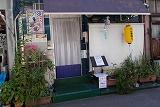In the evening of Saturday, August 4, I came to Chuo-ohashi Bridge on the Sumida River Terrace. A festival was held at the nearby Sumiyoshi-jinja Shirine, which was crowded with families and children, but anyway, it was "hot!" 。 I came to the wind of the river in search of coolness.
Chuo-ohashi Bridge is a bridge that symbolizes the friendship between Tokyo and Paris. There is a statue of Messenger given by the city of Paris, and there is a square in Paris at the side of the bridge.
I took a picture with such an image of Paris.
The "white" of Chuo-ohashi Bridge and the "blue" of Eitai Bridge in the distance. In addition, I wanted to combine the houseboat's "red" and decide in three colors of the French flag tricolor, but I wonder if the ship was a little too pink.
Today, August 4th is "Bridge Day". I came here without any particular guess, so I went upstream from Chuo-ohashi Bridge to take a picture of the night view of the bridge on the Sumida River after a long absence.
One of the blue arches upstream seen from Chuo-ohashi Bridge is Eitai Bridge. In the back is the Sky Tree, which is purple today. Combined with the color of Eitai Bridge, it gives a slightly cool impression.
Eitai Bridge is a historic bridge that was built during the reconstruction of the Great Kanto Earthquake. Recently, the shape of street lighting has been changed to the design at the time of construction.
The Eitai Bridge is said to be a "masculine" bridge from its exterior, but the lighting equipment is surprisingly cute. Do you feel like "I don't need decorations"?
This bridge has no main pillars and has no gorgeous decoration. This man pursues beauty only in the form of a rugged arch.
Just upstream of Eitai Bridge is the junction with the Nihonbashi River. The "Toyomi Bridge" over there is under construction. I crossed the Nihonbashi River with a temporary bridge over the side, but you can see Toyomi Bridge at a different angle.
I liked the bridge, and continued to look at Toyomi Bridge from the top of the temporary bridge, saying, "Is the bottom of the bridge like this?" . It is a rare bridge type in Japan and is called "Fee Ren Dale Bridge".
"Sumida River Ohashi" was seen on a short walk upstream of the Sumida River. When I didn't know how to take a night view, I remember having practiced several times here. Certainly, after I became a correspondent. I miss that time. This is a recommended spot where you can take a long night view.
From this bridge, you can see the scenery of Eitai Bridge, which symbolizes the big city of Tokyo. So there are quite a few people who take a night view. Most people have a neat tripod and have a good SLR camera.
On the other hand, when I take a night view in the Sumida River, I take a strap around my neck, wear a palm-sized tripod I bought at a 100-yen shop, and place it on the railings of bridges and terraces. The camera was a digital camera about 7 years ago. If you look around, you will feel a little inferior, but I want to walk around a lot and take pictures, so I like this style that can be easily taken.
It's probably enough to put it on a blog. But because people see it, I try not to pull out my own hands, but it was a bit too dark.
Here, if I took one picture, the battery of the camera was dead. 。 。
When I searched inside the bag, the tripod I bought at a 100-yen shop attached to my smartphone was miraculously contained, so I decided to take a picture with my smartphone. It is a smartphone of SONY Experience 4 or 5 years ago, but it can be taken as it is.
Whether it's a digital camera or a smartphone, the basics of how to take a night view are the same. I would like to introduce you a little bit.
It is important to "take horizontally" photos of landscapes that should be horizontal. If it is not horizontal, it will give a sense of discomfort to the person who sees the photo. And in the case of a night view, it is important not to shake it.
To solve these two problems
・Use a tripod
・Use a 2-3-second self-timer
That's enough. No flash is required.
After that, in order to collect a lot of light, I try to slow down the shutter speed with "long exposure" and try to collect the shutter speed.
There is a way to raise and lower the "ISO sensitivity" to adjust the brightness you like, but this area depends on the camera's function.
My smartphone had "ISO sensitivity" and "white balance" adjustment functions, so I tried it.
You can change the color by setting the white balance. It makes it cool or warm. It's summer, so it's better to cool it down.
And if you can add text to the photo, such as when posting a photo on SNS, we recommend that you add three or four lines of text.
By adding text to each photo, even a typical photo becomes a meaningful photo, and life is blown. The same photo looks more beautiful, fun, and very sad. The impression of the photo changes with the attached text.
As mentioned above, the Sumida River has been walking with Gudaguda, but it flows through the city, so it is full of light at night. It may be enough to just look at the night view, but night view shooting is surprisingly easy if you take a lot of time. At night, what you don't want to be photographed disappears in the dark, and only beautiful lights remain, so anyone can take beautiful pictures.
If you are interested, I hope you will try this Sumida River.
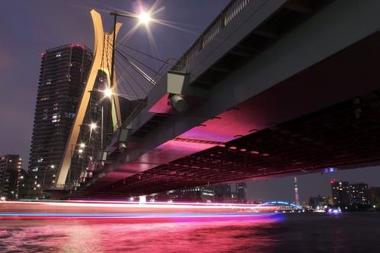
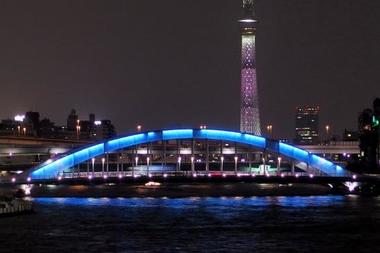
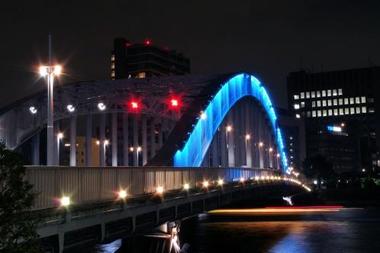
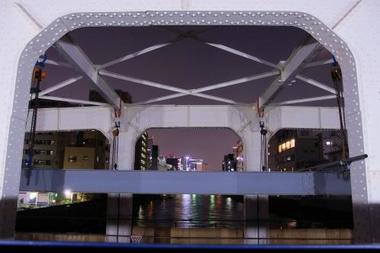
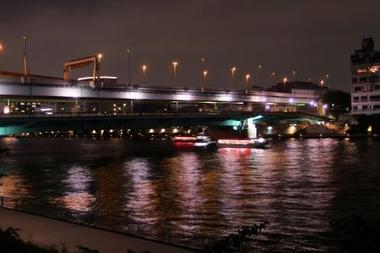
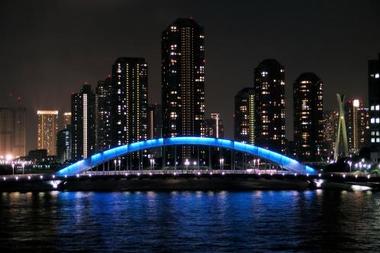
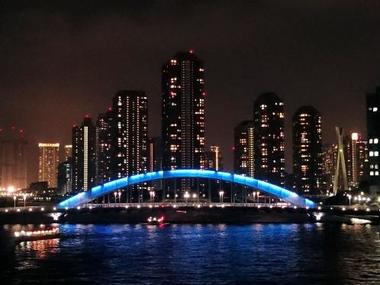
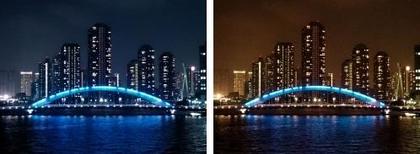
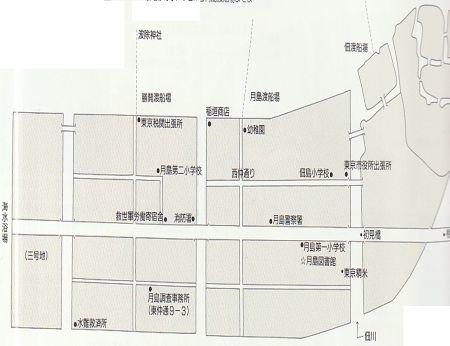
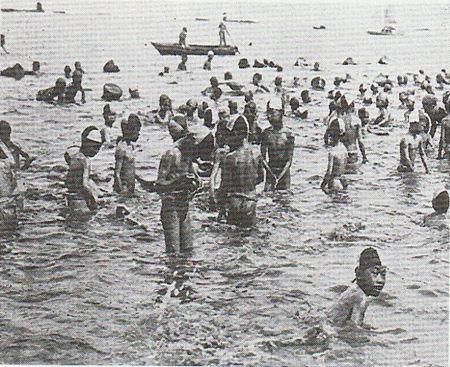
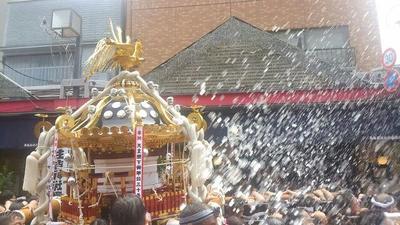
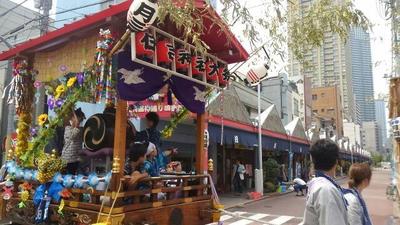
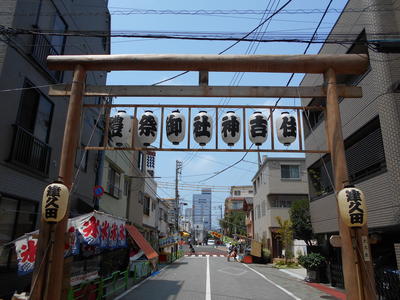
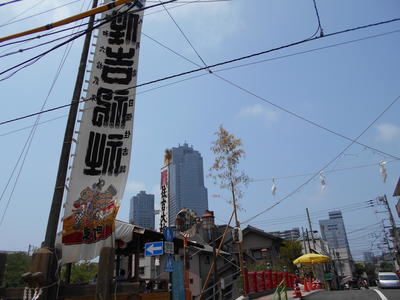
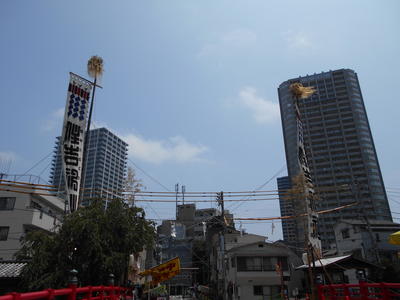
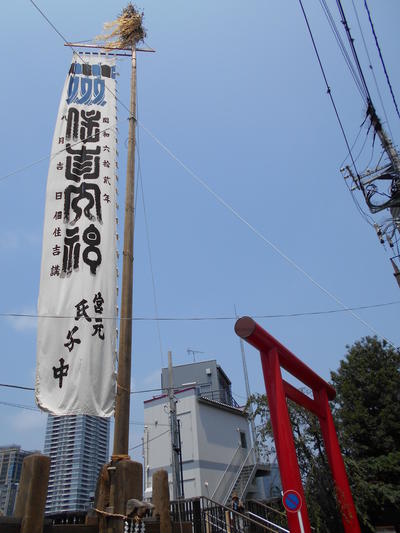
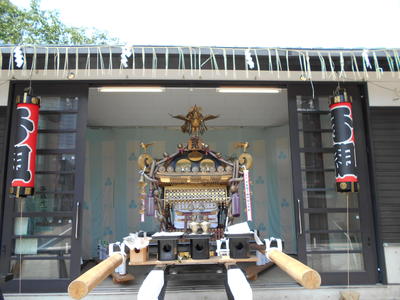
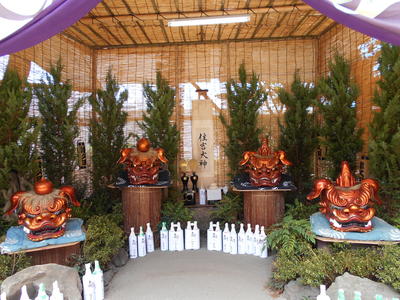
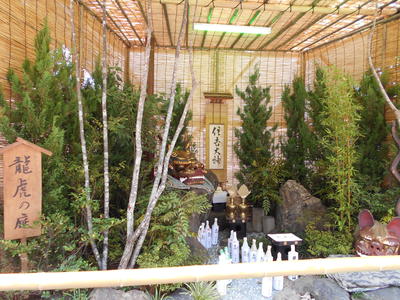

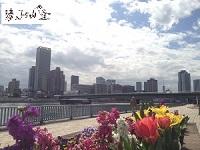 ◀ Tsukuda-ohashi Bridge in Spring
◀ Tsukuda-ohashi Bridge in Spring



